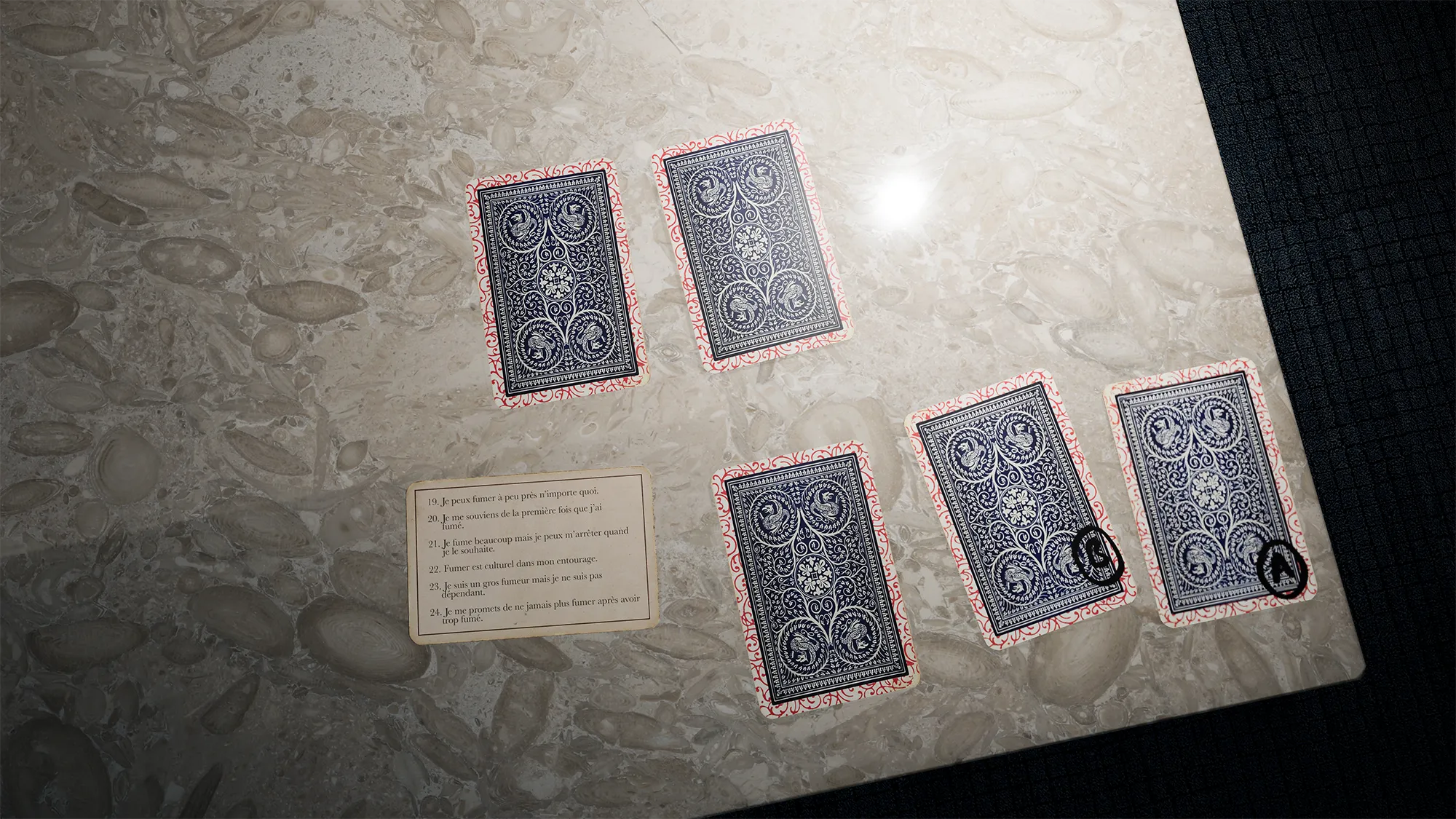

KEY POINTS
This intervention mobilizes physical, cognitive, behavioral and social processes.
It aims to:
It is possible : In a group or alone in a therapeutic session.
It is aimed at : Patients withdrawn or in the process of withdrawal regardless of the addiction presented.
THERAPEUTIC USES
Virtual reality has three therapeutic uses which are not fundamentally distinct from each other. Historically, its first use is analgesic. It takes place across the Atlantic during dressing changes in a burn unit in Fort Lauderdale. The principle of action is a simple distractive principle which consists in saturating the attentional capacities of the patient to limit the conduct of nociception. In this use, the VR software must have the strongest possible distractive power (strong feeling of presence, significant interactivity, ease of the task to be accomplished). The correlate of this analgesic function is an anxiolytic action indicated in particular for anxiety disorders and depressive disorders but also for acute behavioral disorders (clastic crises), or in the long term as an anxiolytic tool that can overcome a certain number of prescriptions for anxiolytics "if needed" or as support for regular therapeutic workshops. The use for psychotherapeutic purposes consists in allowing the patient to dialectize symptoms that are difficult for him to understand and verbalize (coenesthetic and acoustico-verbal hallucinations in particular, feeling of depersonalization, mirror sign, etc.) In addition to these functions, there is a modification of the time perception for the user, which will reduce the duration perceived by the patient during a treatment or a potentially painful experience. This "contraction" of perceived duration reduces patient anxiety and frustration. It also has the secondary benefit of avoiding or delaying the formation of trauma related to the prolonged presence of the patient in the place of care, often anxiety-provoking, and of avoiding subsequent refusal of care.

PRACTICAL AND CLINICAL IMPLEMENTATION
Basic technical training in the use of VR equipment is necessary for the smooth running of the activity in a group or individual session. Reading the instructions for use of the helmets is sufficient on a strictly technical level. The use of the ASTREE_VR software requires a good knowledge of virtual environments, the possibilities of the software, the different ways of moving around and interacting there. ASTREE_VR does not use a conventional menu system to preserve the immersive nature of the content and the playful dimension of the experience. It is recommended that the contributor visit all the environments several times before implementation in order to be familiar with the overall architecture of the software and to easily locate the patient there. The sound differs from one environment to another and allows the contributor to easily identify the level visited by the patient. All of the virtual environments and all of the interactions within the software can be tested exhaustively by the contributor in less than 45 minutes.
1. Patient profile
3. Contraindications
4. Contributors
5. Framework of the intervention
6. Dosage
Use in individual sessions:Group use:
Use for anxiolytic purposes "as needed":
Period and frequency left to the clinical judgment of the practitioner. Duration: Limited to 25 mins per use. In case of apprehension related to motion sickness or fear of vertigo, we can rely on a few statistics: Mild motion sickness: 3% of users (HMD at 90Hz [2] and fps [3] >35). Severe motion sickness: 0.7% of users (HMD at 90Hz and fps >35)